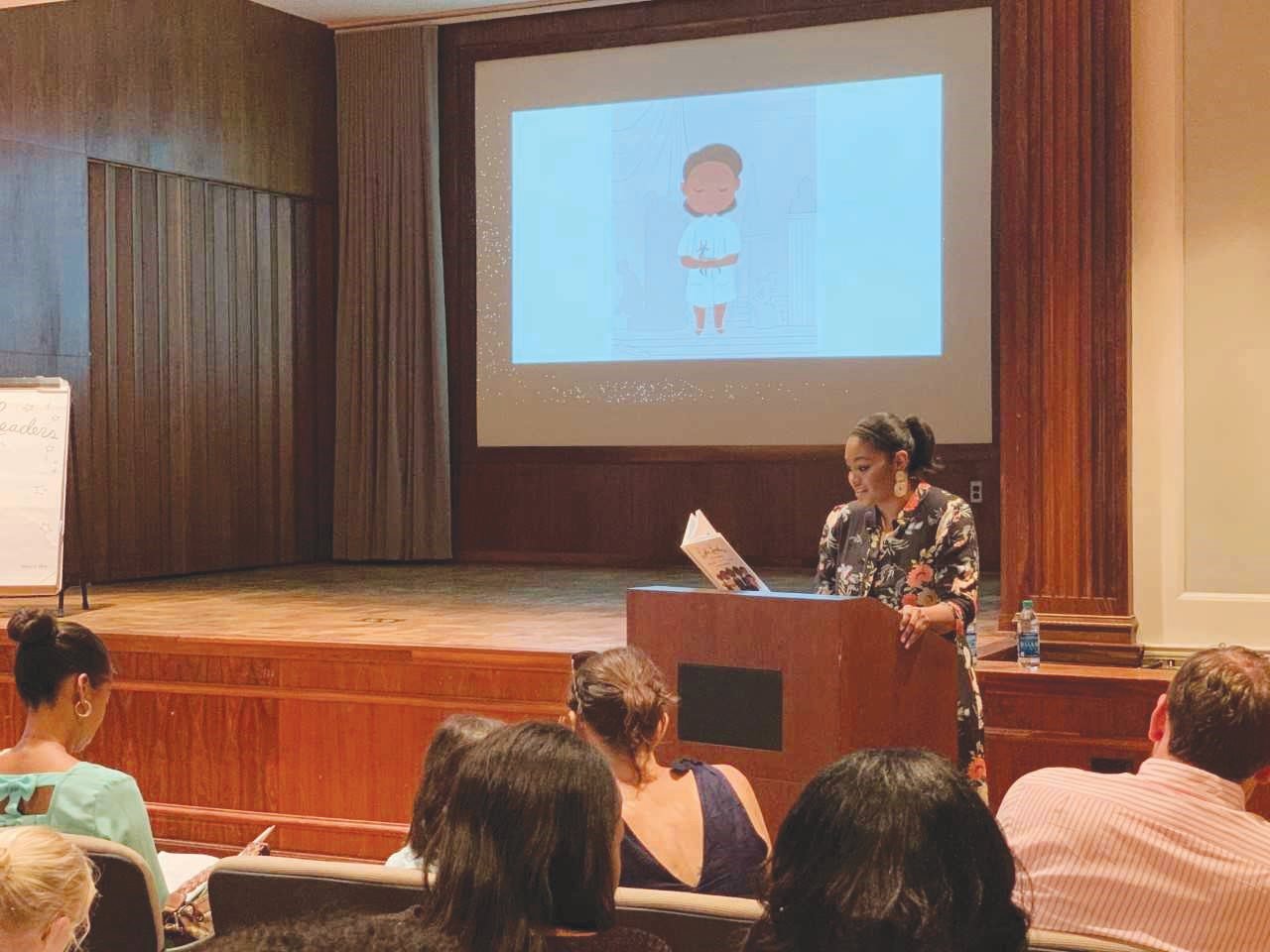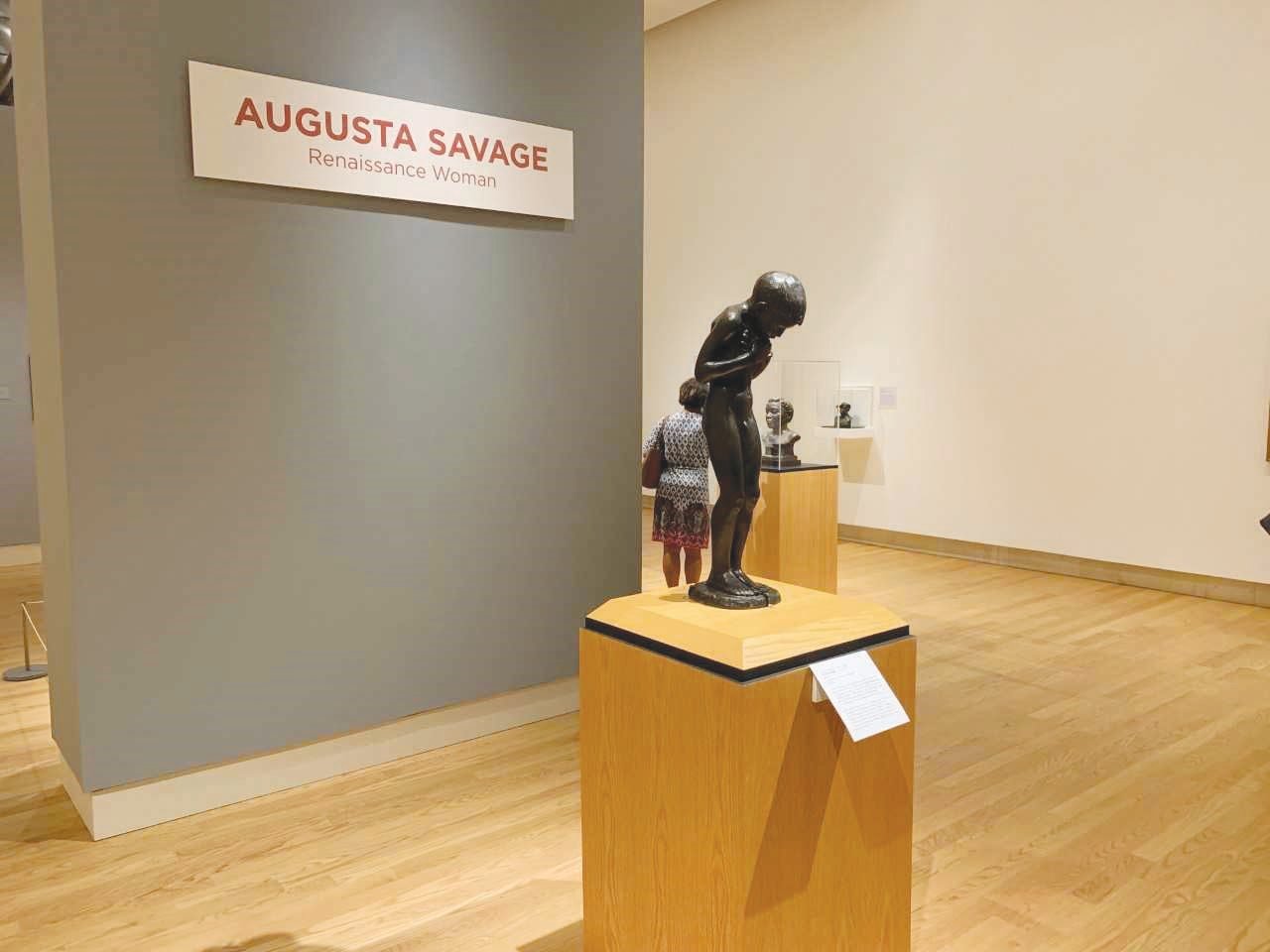Augusta Savage still makes lasting impressions of her talent, knowledge and struggles
JACKSONVILLE – When visitors at Augusta Savage’s Cummer Museum exhibit walked through the large glass doors, they quickly gain an understanding of her talent, knowledge and struggle.
In the …
This item is available in full to subscribers.
Attention subscribers
To continue reading, you will need to either log in to your subscriber account, or purchase a new subscription.
If you are a current print subscriber, you can set up a free website account and connect your subscription to it by clicking here.
If you are a digital subscriber with an active, online-only subscription then you already have an account here. Just reset your password if you've not yet logged in to your account on this new site.
Otherwise, click here to view your options for subscribing.
Please log in to continueDon't have an ID?Print subscribersIf you're a print subscriber, but do not yet have an online account, click here to create one. Non-subscribersClick here to see your options for subscribing. Single day passYou also have the option of purchasing 24 hours of access, for $1.00. Click here to purchase a single day pass. |
Augusta Savage still makes lasting impressions of her talent, knowledge and struggles
JACKSONVILLE – When visitors at Augusta Savage’s Cummer Museum exhibit walked through the large glass doors, they quickly gain an understanding of her talent, knowledge and struggle.
In the center is “Diving Boy,” a bronze piece showing a reticent child about to plunge courageously into the water. On the right, are letters detailing Savage’s scholarship to the Fontainebleau School of the Arts that was revoked because her race.
The left wall is dedicated to Savage’s work as an educator. She tutored world-renowned artists such as Jacob Lawrence, Gwendolyn Knight and Charles Alston.
“If I can inspire one of these youngsters to develop the talent I know they possess, then my monument will be in their work. No one could ask for more than that.” is a well-known quote attributed to Savage.
Her talent was recognized, eventually.
The Cummer Museum’s Mason Gallery closed the six-month exhibition, “Augusta Savage: Renaissance Woman,” on April 7. It featured sculptures, paintings, photographs and letters from Savage and her students. The city of Green Cove Springs was a partner in the project, and council members also sponsored Bennett Elementary students to visit the exhibit.
Savage was born in 1892 in Green Cove Springs. She later became a pivotal figure in the Harlem Renaissance in the 1920s. Savage’s lifelike “Baby,” a Terracotta and one of earlier pieces, told the story of her attempts to become an artist. Her father was a minister and disapproved, but when she made a bust of a local businessman for a healthy sum, he came around.
She moved to pursue a career in New York and was soon known as one of the first people black artists coming to New York for a career in art would see for advice.
Of her most notable works was, “Lift Ev’ry Voice and Sing,” a large harp piece commissioned for the 1939 New York World’s Fair. Unfortunately, most of her plaster pieces like “Lift Ev’ry Voice and Sing,” didn’t last long after her death in 1962. A replica was shown at the exhibit.
Her other indelible sculpture was “Gamin,” on loan from the Smithsonian American Art Museum, a 1929 bust of a working-class boy from Harlem.
“The French word gamin means “street urchin,” and the figure’s wrinkled shirt and cap emphasize his impoverished appearance,” according to the Smithsonian’s description. “The child’s expression appears much wiser than his years, suggesting he has seen much hardship.”
The speaker at Saturday’s closing ceremony was New York Times best-selling author and filmmaker Vashti Harrison. During Black History Month two years ago, Harrison decided famous black women and posted them to Instagram, which led to the book, “Little Leaders: Bold Women in Black History.” Savages is featured with figures ranging from abolitionist and suffragist Sojourner Truth to astronaut Mae Jemison to poet Maya Angelou.
Harrison gave a drawing demonstration and said she tried to arm kids with the knowledge of as many black leaders as possibly. Savage could serve as an inspiration for black girls.
“I wish I would have known about Augusta Savage when I was a kid,” Harrison said.
Another motivation for the book was a 2017 Georgetown University Law School Center on Poverty and Inequality study that indicated black girls were viewed as less innocent and more adult than their white counterparts.
“If I can remind people that all kids are kids, I’ll do it,” Harrison said.
In addition to Harrison, poet Angelique Hyater-Adams read, and students put on a live sculpture demonstration.
It was Nicole Norman’s first time seeing the exhibit, and the quality and story behind Savage’s work was a testament to her persistence and perseverance.
“She had a lot to deal with,” Norman said. “Even at the end of her life, she didn’t have the money or recognition her level of talent deserved.”
Other exhibit-goers like John Taylor and Carrington Carter called Savage’s legacy powerful and inspiring.
“I really see her intentionality of telling the narratives of black women’s lives and having their voices heard,” Taylor said.
“[Augusta Savage] shows the power of art to rise above circumstances and the form, and shape perspectives,” Carter added.











